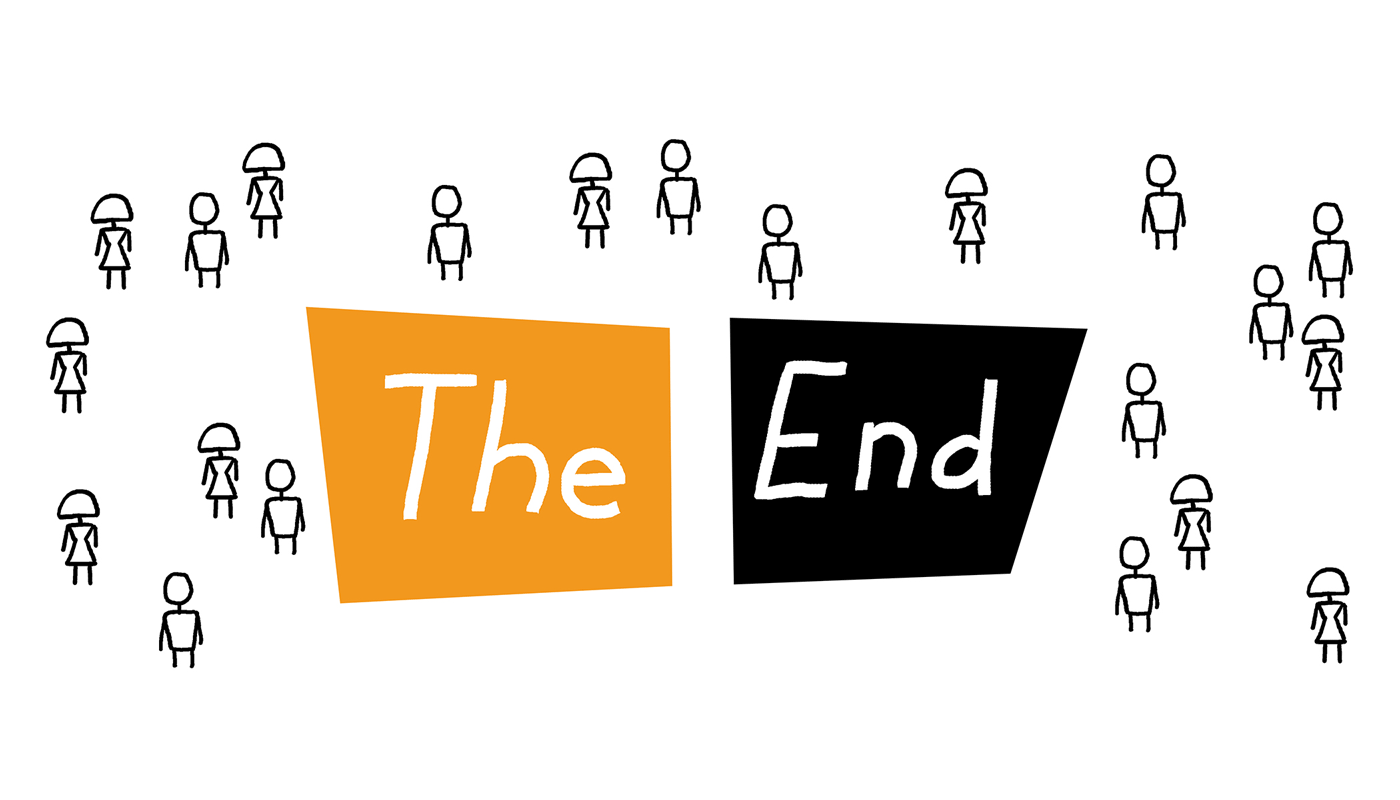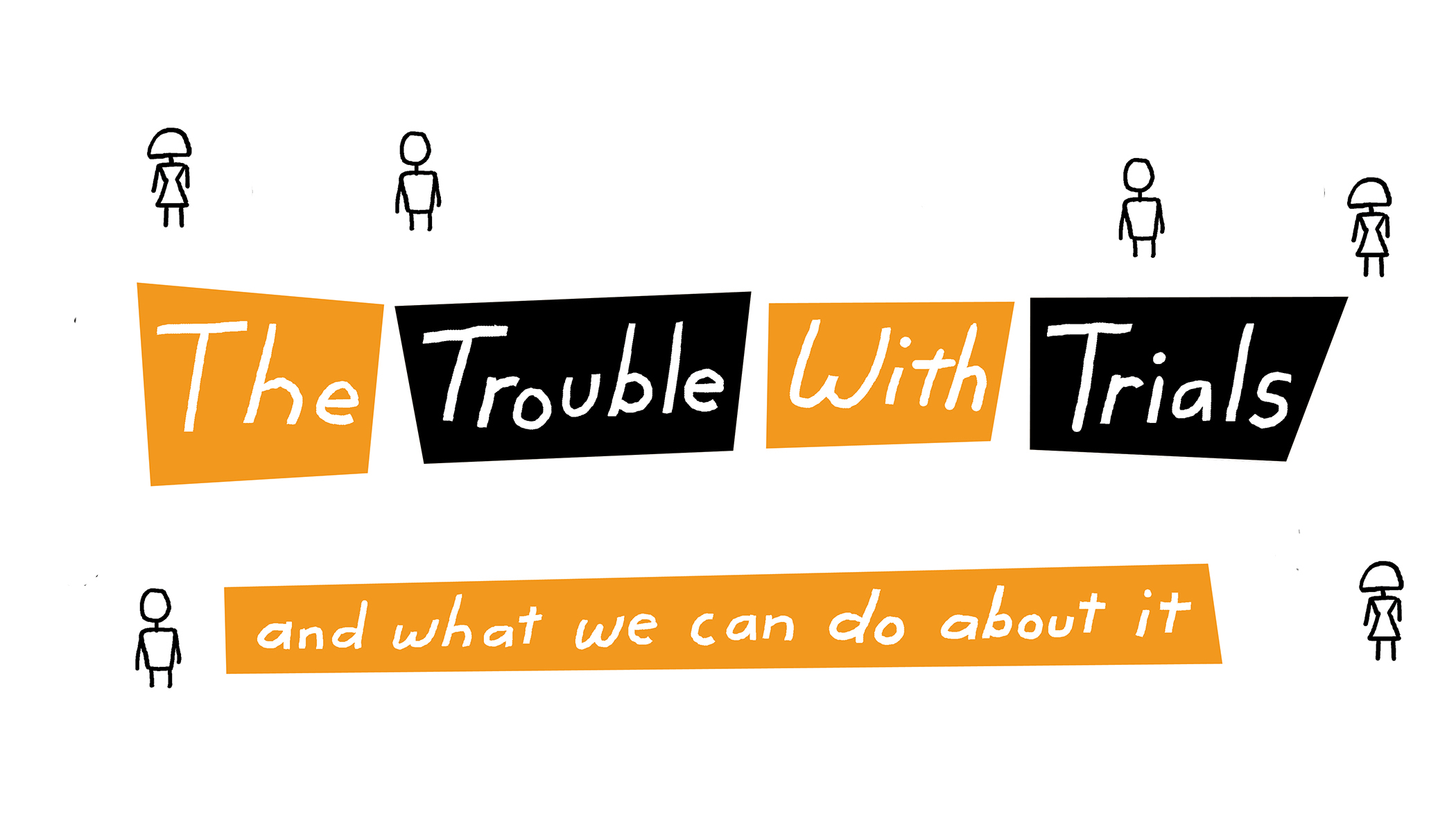Genentech: The Trouble with Trials
Producer Nick Miller from Weber Shandwick called with an interesting problem to solve. Genentech has a few research articles on various subjects and was trying to find an illustrator who could catch various concepts regarding biotechnology in a fun yet informative manner. This was the first time to use an illustrator and requested the art be two color using colors from Genentech’s design bible. The colors had to be used as solids at 100 percent. The art was to be used for presentations on the web and conferences. Being limited in colors turned out to be a blessing in disguise and was a wonderful chance to interpret my approach in a more graphic manner. Inspiration came from retro instructional videos with animation which I loved as a child. Genentech and Weber Shandwick loved the approach and the process flew once we figured out the best way to explain biotech concepts to my non biotech head. If you would d like to see the animated version of this presentation please visit here.
Company Genentech
Client Weber Shandwick Producer: Nick Miller
View www.gene.com/stories/bringing-trials-to-patients?topic=oncology

87 percent of people with cancer say they would be willing to participate in a clinical trial.
But here’s the problem — only 3 percent of potential candidates for cancer trials actually volunteer. We are learning why.

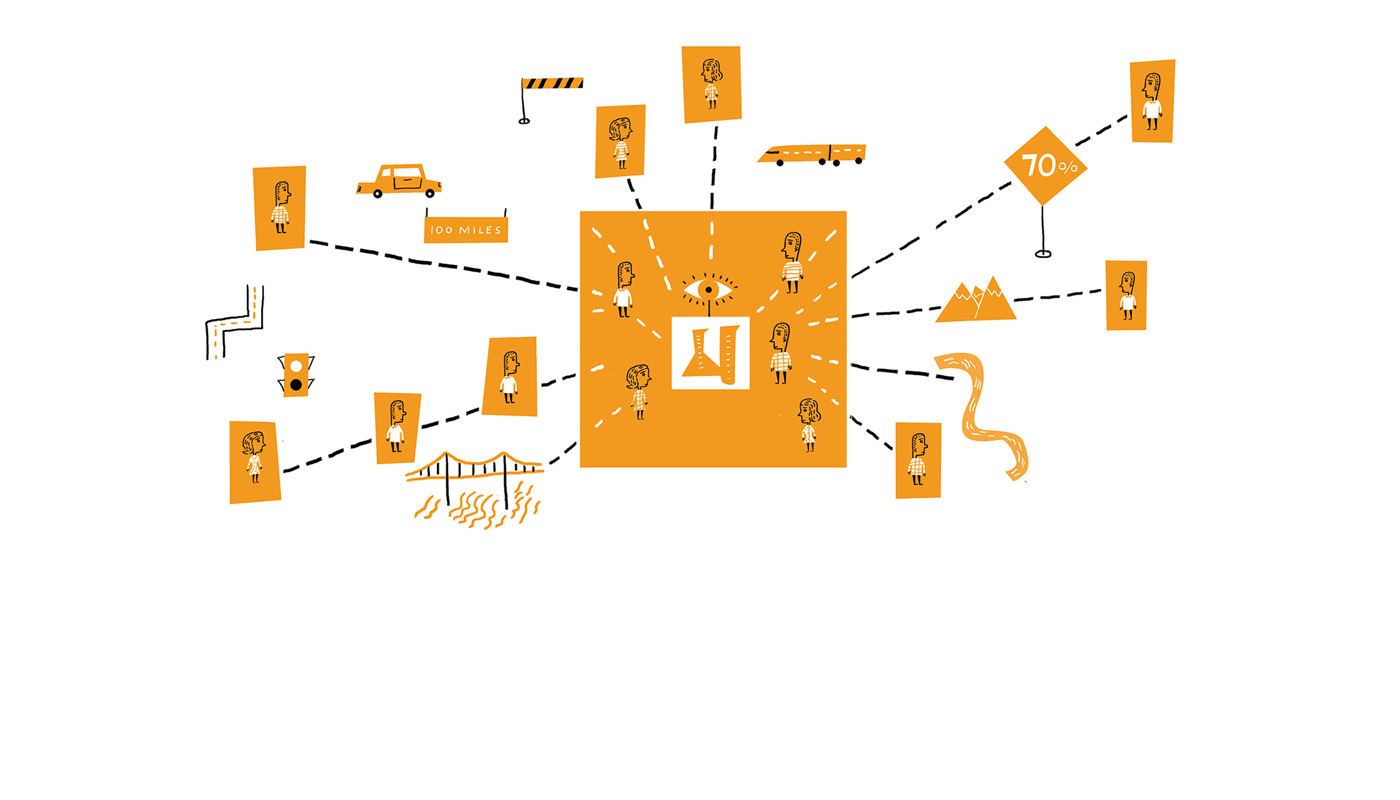
By far the largest barrier to clinical trial enrollment is geography. More than 70 percent of patients do not live near clinical trial sites., which are typically located in urban medical centers.
But this is not an insurmountable issue. The latest advances in telemedicine, mobile health and social media can help bring care to patients in their own communities.
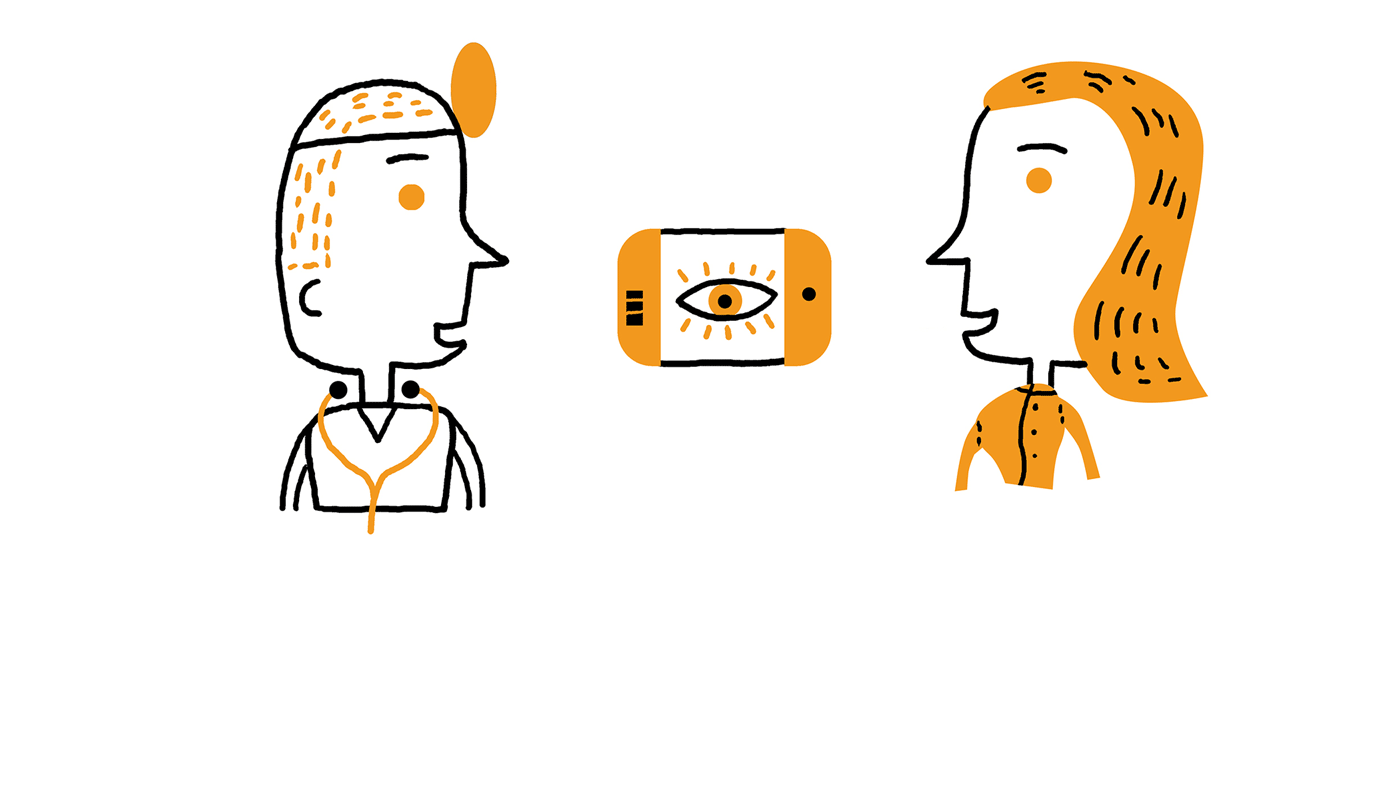

Mobile health can help center trials around patients instead of around study investigators. For example, through telemonitoring, patients wear small devices that collect and transmit data on important health measures, such as heart rate, to investigators — no matter where the patient is located.
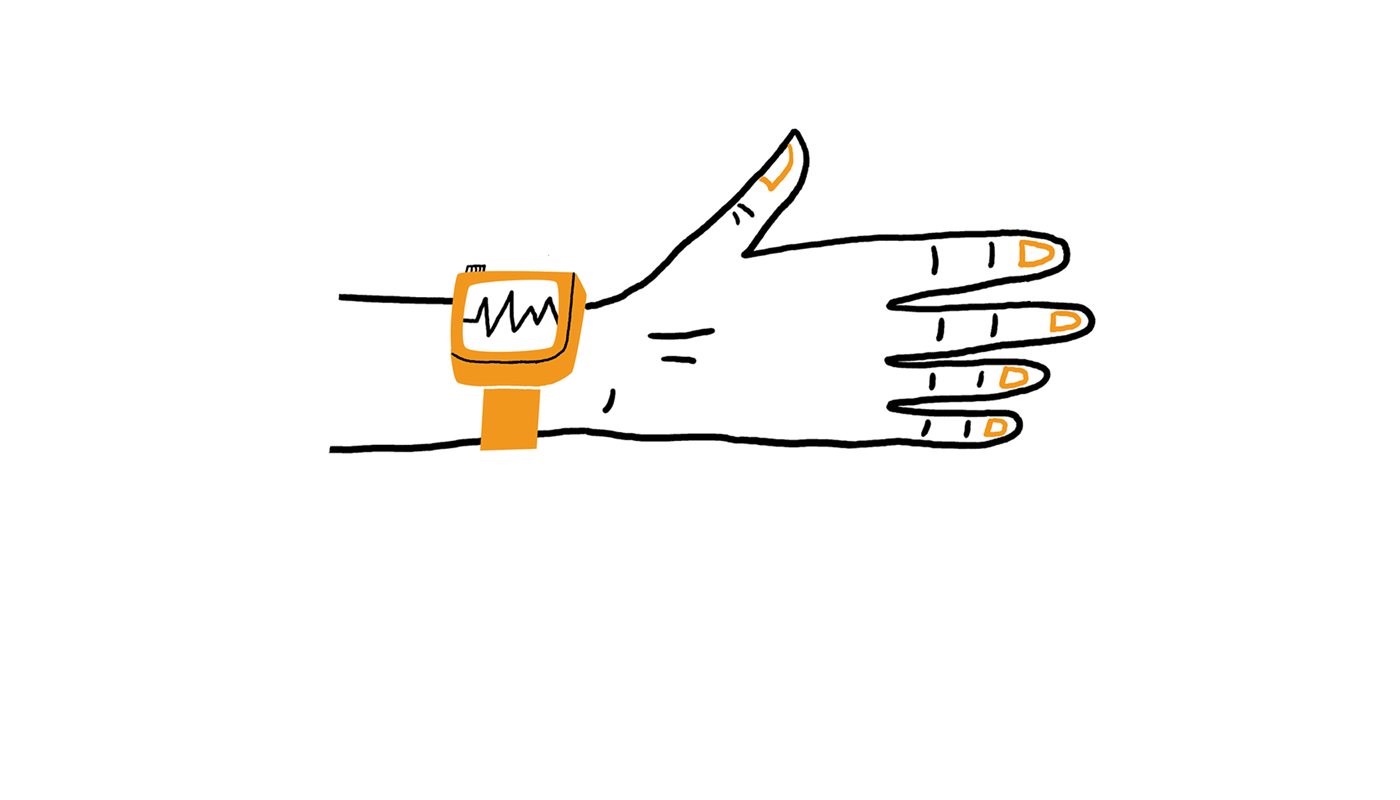

Another major barrier to enrollment is awareness. Less than 15 percent of patients say they learn about trials from their doctors.
A final — and perhaps less obvious — barrier is trust. Even among patients who are aware of the close to a clinical trial, only a third say they trust the principle investigator and sponsor enough to participate.
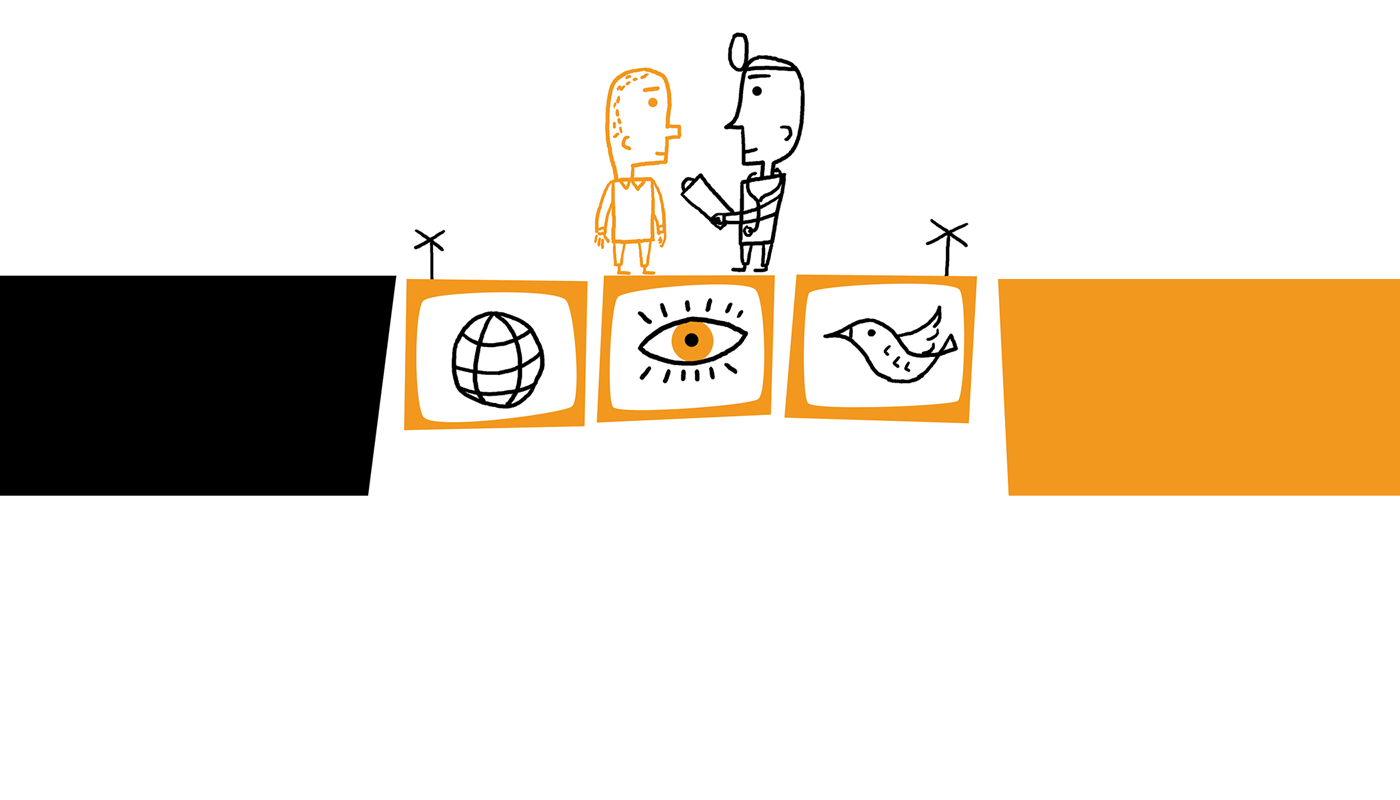

Here’s the good news. More patients are connecting with each other through social media, patient advocacy groups and online communities. So far, the result is more awareness and what we hope will be a better understanding of the clinical trial process,
